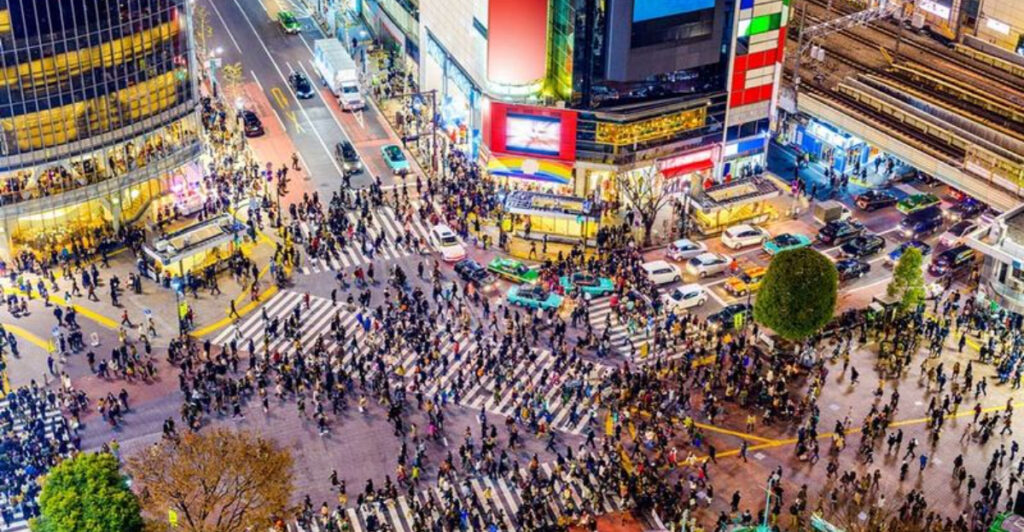Ever saved up for your dream vacation only to feel let down when you finally arrived? You’re not alone. While travel brochures promise paradise, the reality sometimes falls short. From aggressive touts to overcrowded attractions, certain places consistently leave visitors wondering if they should have gone elsewhere. Here’s a look at 12 countries that many travelers found didn’t live up to the hype, and why.
1. Morocco’s Hassle Factor
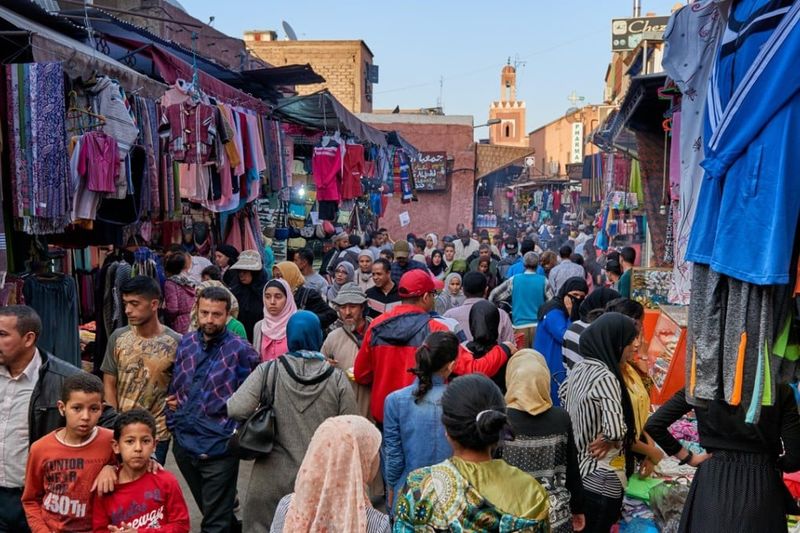
Those vibrant Instagram photos of Moroccan markets hide an exhausting reality: relentless harassment from vendors and fake guides. Many travelers report never having a moment’s peace in Marrakech, with constant shouts of “Hey my friend!” followed by aggressive selling tactics.
The heat compounds the stress, especially during summer months when temperatures regularly exceed 100°F (38°C). Women travelers face additional challenges, with unwanted attention making solo exploration uncomfortable.
Beyond the tourist zones, however, lies a different Morocco. Rural villages in the Atlas Mountains and less-visited coastal towns offer the authentic hospitality and cultural immersion that Marrakech promises but often fails to deliver. Consider heading to Chefchaouen or Essaouira for a more relaxed experience.
2. Dubai’s Artificial Atmosphere
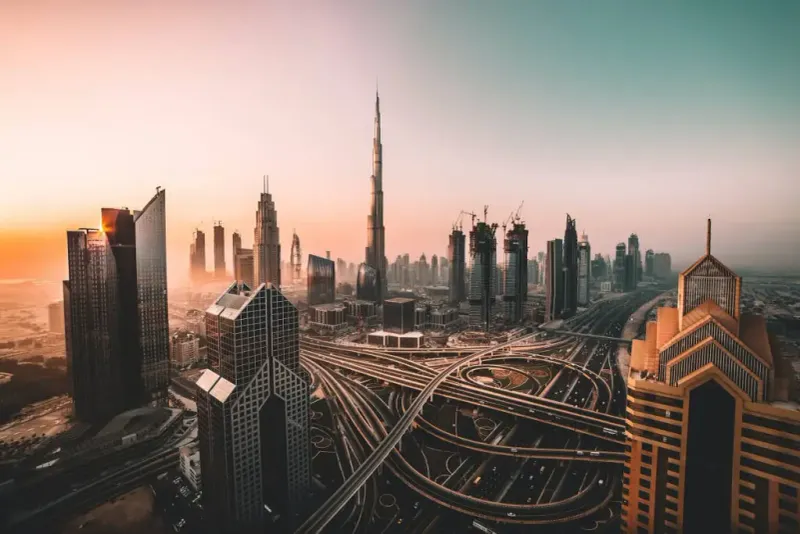
Glittering skyscrapers rising from the desert create an impressive skyline, but many travelers leave Dubai feeling they’ve visited an expensive theme park rather than a cultural destination. The city’s relatively short history means historical sites are scarce, with most attractions built within the last few decades.
Scorching temperatures (often exceeding 110°F/43°C) confine visitors to air-conditioned malls and hotels for much of the year. Even simple activities come with premium price tags – a coffee might cost triple what you’d pay at home.
The wealth disparity is also jarring for many. While tourists enjoy luxury experiences, the migrant workers who built the city remain largely invisible. “It feels like Las Vegas without the fun,” remarked one disappointed visitor after a week-long stay.
3. India’s Overwhelming Intensity
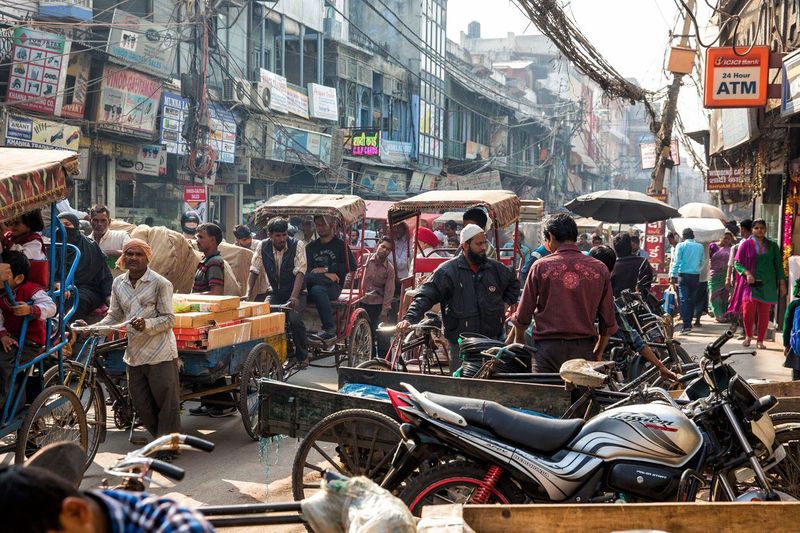
India promises spiritual awakening and cultural richness but delivers a sensory assault that many travelers aren’t prepared for. The noise never stops – honking horns, shouting vendors, and religious ceremonies create a constant soundtrack that follows you everywhere.
Poverty confronts visitors in ways that Instagram filters can’t prepare you for. Children begging at traffic lights and families living on sidewalks force uncomfortable reflections about global inequality. Sanitation issues also challenge Western visitors – open sewers and public urination are common sights in many cities.
Scammers target tourists relentlessly, from rigged taxi meters to temple “donation” schemes. Yet those who push through the initial culture shock often discover profound beauty beneath the chaos – the key is arriving with realistic expectations rather than romanticized notions.
4. Vietnam’s Unfriendly Reputation
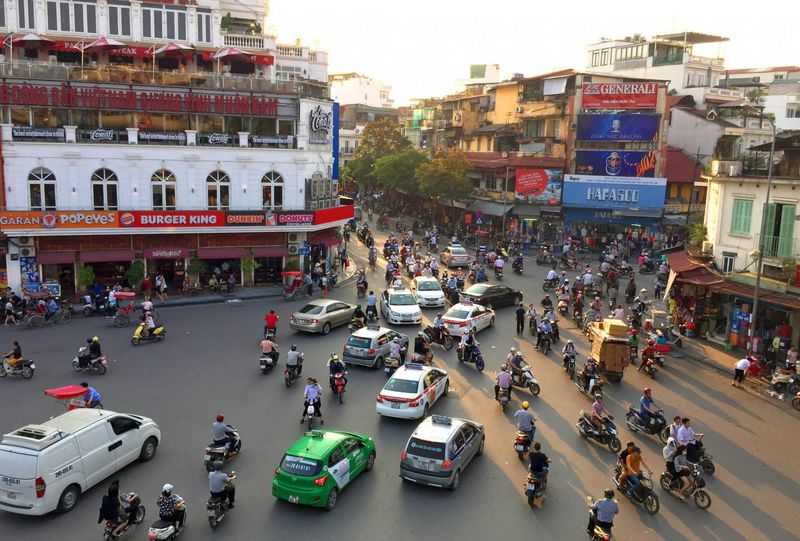
Vietnam’s stunning landscapes hide behind a curtain of perceived hostility that catches many travelers off guard. Visitors frequently report feeling like walking ATMs rather than welcomed guests, especially in tourist hotspots like Hanoi and Ho Chi Minh City.
The traffic creates genuine fear – crossing streets means wading through endless motorbikes that rarely stop for pedestrians. Scams target foreigners specifically, from rigged taxi meters to dramatically inflated prices for everything from food to souvenirs.
Many travelers describe a stark difference between Vietnam and its friendlier neighbors like Thailand and Cambodia. “The constant haggling becomes exhausting,” shared one backpacker who cut their trip short. However, those who venture to less touristy areas like Ha Giang or Phong Nha often report much warmer interactions with locals genuinely curious about foreign visitors.
5. Costa Rica’s Price Shock
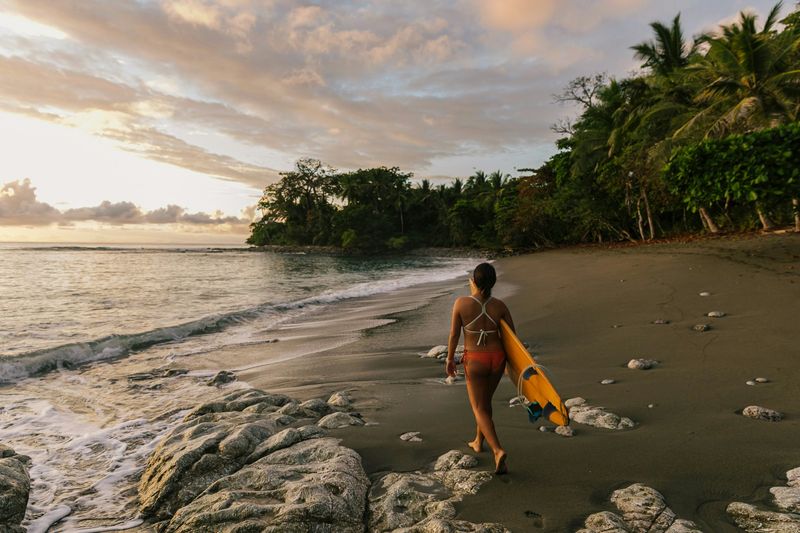
The sticker shock hits hardest in Costa Rica. Travelers expecting typical Central American prices instead find costs rivaling the United States – $15 hamburgers, $100+ national park tours, and $200/night mid-range hotels. Budget travelers often flee to neighboring Nicaragua or Panama where similar experiences cost a fraction of the price.
Americanization surprises many visitors too. Popular destinations like Manuel Antonio and Tamarindo feature English-speaking staff, American chain restaurants, and souvenir shops selling identical trinkets. The authentic Costa Rican culture can feel buried beneath this tourist-friendly veneer.
The natural beauty remains undeniable – misty cloud forests and perfect beaches justify the country’s reputation. Yet the hordes of tourists (over 3 million annually pre-pandemic) mean you’re rarely alone with nature. Early morning visits and off-season travel can help recapture the paradise experience without the crowds.
6. Bali’s Paradise Lost
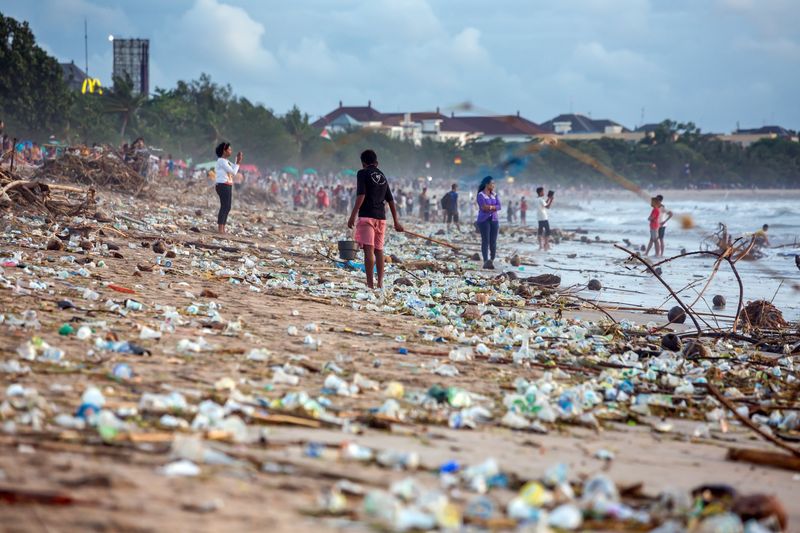
Bali’s transformation from spiritual haven to influencer playground has left many travelers mourning what once was. Traffic jams now clog roads that wind through rice terraces, while plastic waste washes up on once-pristine beaches. During high season, popular spots like Ubud’s Monkey Forest and Seminyak Beach become so crowded that finding personal space becomes impossible.
The island’s infrastructure struggles to support tourism volume. Sewage systems fail regularly, creating the notorious “Bali belly” that confines many visitors to their bathrooms. Power outages interrupt air conditioning during sweltering nights.
Yet pockets of the original Bali still exist for those willing to explore. Northern villages like Munduk and Sidemen offer authentic experiences without the crowds. The neighboring islands of Nusa Penida and Lombok provide the untouched beaches and genuine local interactions that Bali’s reputation was built upon but increasingly fails to deliver.
7. Japan’s Unexpected Isolation
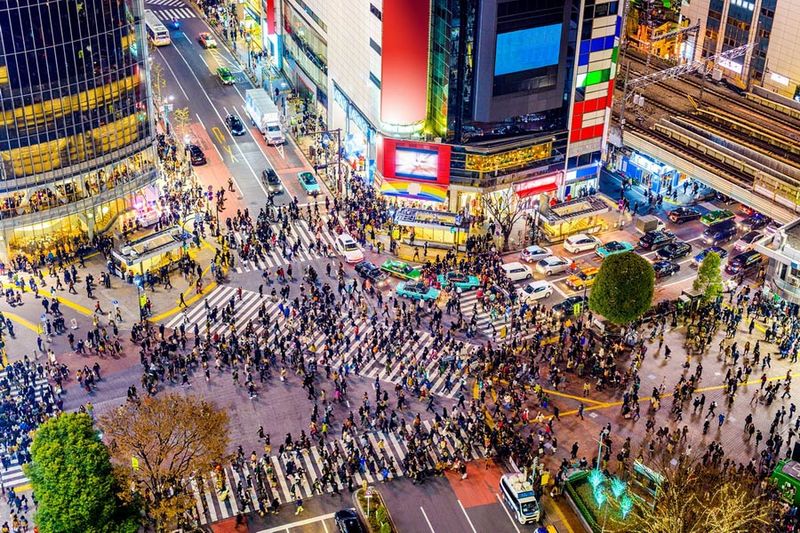
The loneliness blindsides Western visitors to Japan. Despite being surrounded by millions in Tokyo or Osaka, many travelers report feeling profoundly isolated. The language barrier creates a thicker wall than expected – English signage exists in tourist areas, but actual conversation proves nearly impossible in most situations.
Cultural differences compound this isolation. Japanese politeness doesn’t always translate to warmth, leaving some visitors feeling processed rather than welcomed. Simple tasks become puzzling challenges – ordering food, buying train tickets, or finding bathrooms turn into stressful ordeals without Japanese language skills.
The high cost of everything from hotels to transportation stretches budgets thin quickly. A decent Tokyo hotel room starts around $200 per night, while a simple restaurant meal rarely costs less than $15-20 per person. Those seeking connection might find group tours or staying at social hostels helps combat the isolation that even seasoned solo travelers describe as unusually intense.
8. Egypt’s Pyramid Disappointment
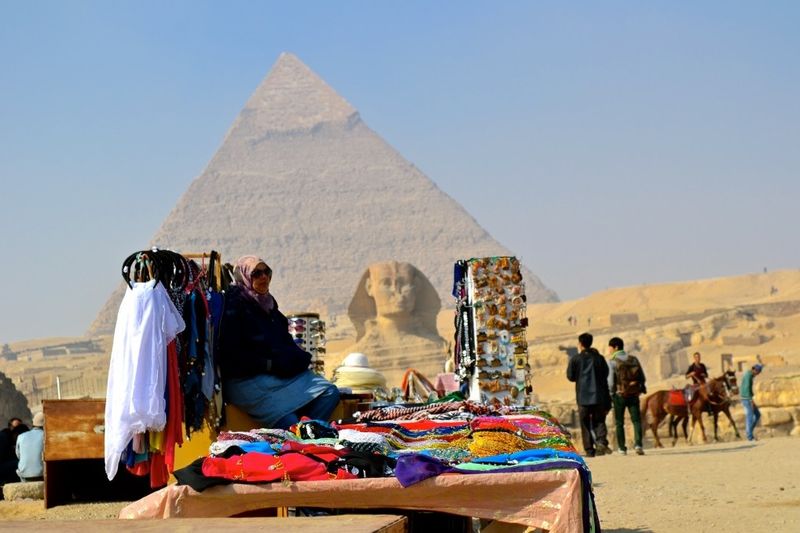
The brutal gap between expectation and reality hits hardest at the Pyramids of Giza. Rather than standing majestically in pristine desert, they border Cairo’s urban sprawl with Pizza Hut and KFC in direct view. Garbage litters the approach, and the air hangs heavy with pollution and dust.
Harassment from vendors, camel riders, and self-appointed guides creates a gauntlet that exhausts even patient travelers. “No thank you” rarely works – only increasingly firm rejections provide relief from the constant sales pitches. Women travelers report particularly uncomfortable experiences, with harassment ranging from staring to inappropriate touching.
Inside ancient sites, preservation efforts often fall short. Graffiti mars temple walls, while some guides damage artifacts to create souvenir dust or demonstrate how easily stone chips away. Those who hire reputable Egyptologists as guides and visit during off-peak hours generally report more positive experiences amidst the chaos.
9. Paris Syndrome
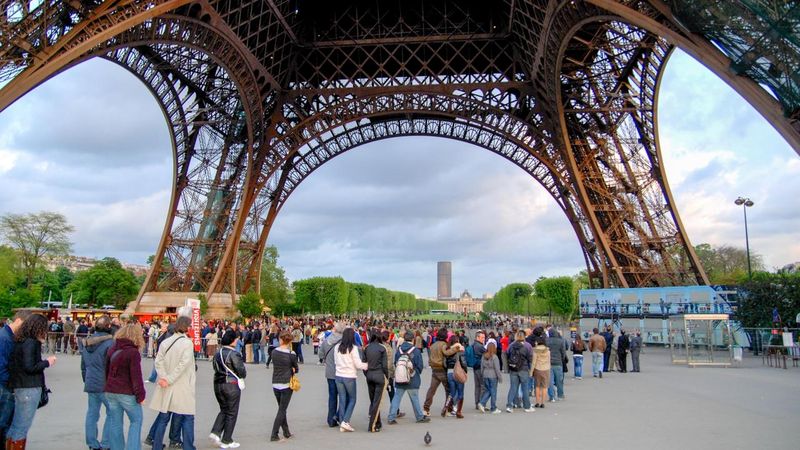
Japanese tourists coined the term “Paris Syndrome” to describe the psychological shock when the City of Light fails to match its romantic reputation. Instead of accordion music and charming cafés, visitors encounter grumpy waiters, metro strikes, and streets sometimes smelling of urine.
Pickpockets target tourists relentlessly at major attractions. The Louvre and Eiffel Tower draw such massive crowds that appreciating these masterpieces becomes nearly impossible during peak season. Three-hour lines for brief glimpses of famous sights leave many wondering if the experience was worth it.
Parisians’ legendary rudeness toward tourists stems partly from language expectations – attempting basic French phrases often yields warmer responses than beginning conversations in English. Visiting during shoulder seasons (April-May or September-October) provides a more authentic experience with shorter lines and less harried locals. The real Paris charm emerges in less touristic neighborhoods like Canal Saint-Martin or Belleville.
10. Italy’s Overtourism Crisis
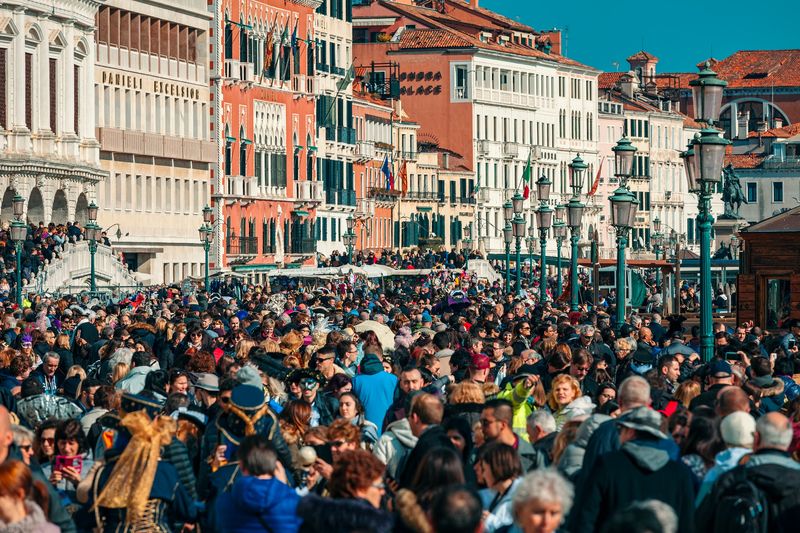
The romantic Italy of movies disappears beneath crushing crowds in places like Venice, Florence, and the Amalfi Coast. Venice receives 30 million visitors annually despite having only 50,000 residents – creating human traffic jams on narrow bridges and in small piazzas. Finding an authentic, non-touristy restaurant becomes nearly impossible in historic centers.
Prices reflect this overtourism. A simple coffee might cost €5 standing at a counter near major attractions, while gondola rides have skyrocketed to €80+ for just 30 minutes. Pickpockets work efficiently in these crowded conditions, targeting distracted tourists admiring architecture or art.
Local attitudes have soured in some areas after decades of tourism pressure. Venetians particularly express frustration as their city transforms into what some call a “theme park” rather than a living community. Travelers who visit during off-seasons or explore secondary cities like Bologna, Turin, or Lecce often report more authentic and enjoyable Italian experiences.
11. Croatia’s Chilly Welcome
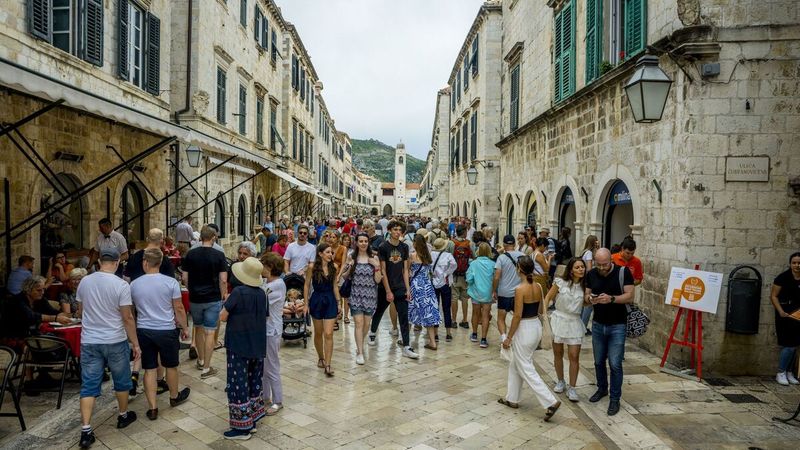
Croatia’s stunning coastline hides an uncomfortable truth that catches many visitors off guard: the notably unfriendly service industry. Travelers frequently report encounters with visibly annoyed waiters, unhelpful hotel staff, and tour operators who seem bothered by questions. This cold reception creates a jarring contrast with the warm Mediterranean hospitality expected in the region.
Game of Thrones fame transformed Dubrovnik from charming medieval city to tourist circus. During summer months, the walled city becomes nearly impassable as cruise ships disgorge thousands of daily visitors into streets built for far fewer. Finding space to appreciate the beauty becomes a competitive sport.
Prices have skyrocketed with popularity – a simple seafood dinner along the coast often costs more than in Paris or Rome, yet quality doesn’t always match the premium pricing. Visiting in May or September offers a glimpse of what Croatia was like before mass tourism: beautiful, relaxed, and considerably more affordable.
12. Bolivia’s Infrastructure Challenges
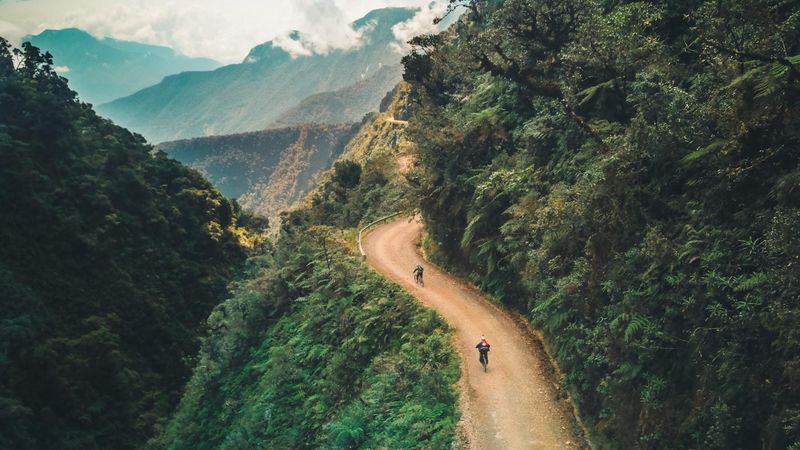
Bolivia’s otherworldly landscapes come with equally otherworldly discomforts that test even seasoned travelers. Bus journeys become endurance events – 12+ hour rides on unpaved mountain roads, often in vehicles lacking basic maintenance or safety features. Altitude sickness strikes hard and fast in La Paz (11,900 feet) and Potosí (13,400 feet), leaving many visitors bedridden for days.
Hygiene standards shock Western sensibilities. Public bathrooms rarely offer toilet paper or soap, while food markets display meat uncovered for hours in tropical heat. Water safety concerns mean even brushing teeth requires bottled water vigilance.
The language barrier proves particularly challenging since English remains uncommon even in tourist areas. Spanish skills become essential for basic needs like finding accommodation or ordering meals. Yet those who endure these hardships access extraordinary experiences – from the surreal Salt Flats of Uyuni to indigenous cultures maintaining pre-Columbian traditions that mass tourism hasn’t yet homogenized.

